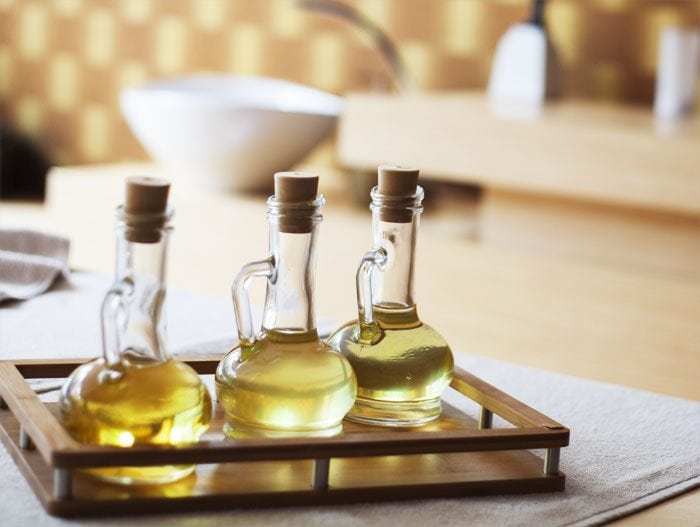
Written By: Gloria Tsang, RD
Title: Founding Registered Dietitian
Alumni: University of British Columbia
Last Updated on:

The fact is: we all need fats. Fats helps nutrient absorption, nerve transmission, maintaining cell membrane integrity etc. However, when consumed in excess amount, fats contribute to weight gain, heart disease and certain types of cancer. Fats are not created equal. Some fats promote our health positively while others increase our risks of heart disease. The key is to replace bad fats with good fats in our diet.

Table of Contents
Monounsaturated fats (MUFAs), also known as Omega 9, come from plant foods only. They lower total cholesterol and LDL cholesterol (the bad cholesterol) while increasing HDL cholesterol (the good cholesterol). Nuts including avocado, nuts, vegetable oil such as olive oil are high in monounsaturated fats. MUFAs have also been found to help in weight loss, particularly body fat.
Polyunsaturated fats also lower total cholesterol and LDL cholesterol. Seafood like salmon and fish oil, as well as corn, soy, safflower and sunflower oils are high in polyunsaturated fats. The most known polyunsaturated fats include:
Saturated fats raise total blood cholesterol as well as LDL cholesterol. Saturated fats are mainly found in animal products such as meat, dairy, eggs and seafood. Some plant foods are also high in saturated fats such as coconut oil, palm oil and palm kernel oil.
Trans fats are invented as scientists began to “hydrogenate” liquid oils so that they can withstand better in food production process and provide a better shelf life. As a result of hydrogenation, trans fatty acids are formed. As the negative health impacts became known, countries started banning the use of artificial partially-hydrogenated oil in foods. Nowadays, both United States and Canada have banned artificial trans fat.
Alumni: University of British Columbia – Gloria Tsang is the author of 6 books and the founder of HealthCastle.com, the largest online nutrition network run by registered dietitians. Her work has appeared in major national publications, and she is a regularly featured nutrition expert for media outlets across the country. The Huffington Post named her one of its Top 20 Nutrition Experts on Twitter. Gloria’s articles have appeared on various media such as Reuters, NBC & ABC affiliates, The Chicago Sun-Times, Reader’s Digest Canada, iVillage and USA Today.
cholesterol, fat, monounsaturated fat, polyunsaturated fat, saturated fats, trans fat, unsaturated fats